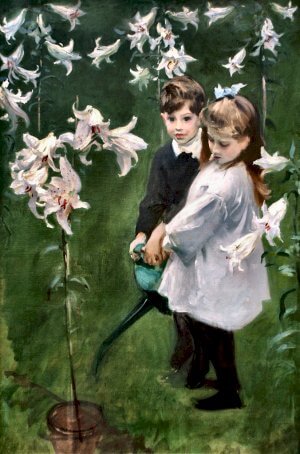Today, in class, when we were asked what topics were social taboo, someone instantly said race. This is exactly what is discussed, especially pertaining to the performing arts in Ben Brantley and Anthony Tommasini’s “Debating ‘Otello,’ Blackface and casting trends'”. The authors tell us that in today’s castings, directors must not take race into account even when the original piece calls for an actor of a specific background.

Traditionally, the role of Othello is played by a darker skinned man, but the director of this production decided to cast a man with light colored skin.
The photo above is of the play Othello, where Othello is being played by a man with light skin. The authors of the article talk about how Othello usually stands out because of his ethnic background which is different than all of the other characters in the play. If Othello being of a different ethnic background adds to the plot, why is it deemed offensive? This is where I believe that society is oversensitive. If people who believe this to be offensive took a step back, maybe even had a conversation with theater critics, they would be able to see that they are hampering creative expression. The authors of the article make it seem that Othello blending in with the other characters takes away from the impact of his role, and i can see where they are coming from. Why would anyone want to take away from Othello’s impact on the play? For this reason I cannot see why Othello cannot be of a darker skin tone.

The controversial play “The Mikado”.
Where I believe the criticism might be warranted is in a play such as “The Mikado” where the characters are somewhat portrayals of asian stereotypes. The authors describe the makeup used here as “yellowface”. Today, things like yellowface and blackface are extremely discouraged and seen as racist. I am of the opinion that if an actor is using makeup to portray a stereotype that any offense taken has validity to it, but it is totally fine to darken the skin of someone playing a role like Othello, where it is constructive to the plot, and I think that the authors of the article would agree.




































Recent Comments